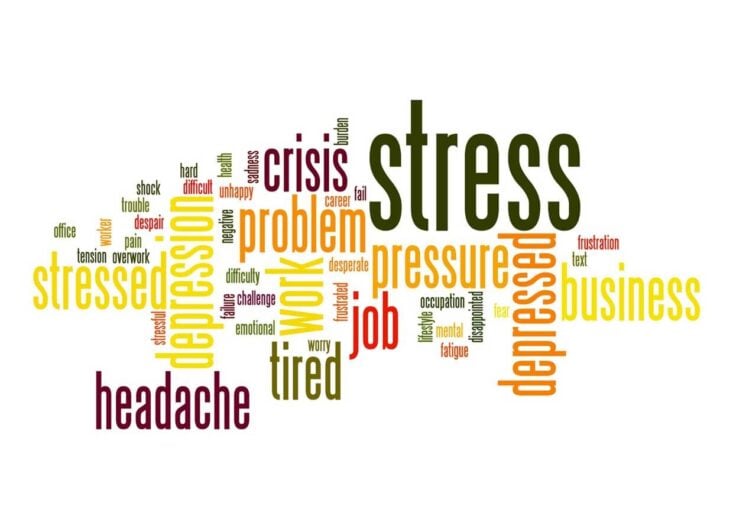Every individual deserves comprehensive access to medical care, regardless of their age, gender, income — and of course, their gender status or sexual orientation.
But unfortunately, members of the LGBT+ community are all too familiar with the discrimination and barriers present in the modern healthcare system, which is why it’s vital to educate healthcare professionals and the public alike about the importance of an all-encompassing treatment program in the nation.
Healthcare access is one of the top rights that the LGBT community advocates for, but have they achieved equality in this sphere? Many would argue that these individuals still face discrimination and an unfair disadvantage when seeking medical help. Change is possible. By following the priorities outlined below, healthcare can become much more accessible and open to everyone.
Making Healthcare More Accessible
While it’s essential to make changes in the current healthcare system to be more inclusive, it’s also vital to ensure that the registration process for treatment is non-discriminatory, too. Since LGBT adults in the U.S. are currently less likely to have health insurance, creating equal healthcare from the start is vital.
Many diseases rapidly progress and can turn fatal if left untreated. Did you know that 95% of cancers and 80% of heart diseases can be prevented by getting regular checkups at a doctor’s facility? Without access to the care that they need, LGBT members may be at a higher risk for suffering severe complications from various illnesses and health issues.
For healthcare to be more LGBT-friendly, the country will have to transform the eligibility requirements for its patients. Before same-sex marriage became legal in the nation, many individuals who identified as gay or lesbian were ineligible for the benefits offered to married couples.
However, the legalization of same-sex marriage in 2015 laid the foundation for more widespread healthcare access to those previously denied marriage rights. Today, healthcare plans under the Affordable Care Act and those offered to unmarried partners also grant LGBT members — and residents of the nation at large — greater access to the insurance plans that they need.
Fostering a Welcoming Environment in Healthcare Facilities
Although not every physician may be an expert when it comes to LGBT issues, that doesn’t mean they can’t provide as much emotional support to these patients as possible. When an individual misses an appointment for fear of discrimination or judgment, health conditions that can lead to severe complications may go overlooked.
Today, more providers guarantee that they provide an open facility to any patient who walks in their door. For those who want to be sure that they’ll choose an LGBT-friendly healthcare facility, there are many resources available online that can redirect them to the right locations.

Photo by yoav hornung on Unsplash
Expanding Physicians’ Knowledge of the LGBT+ Community
One of the best ways to expand healthcare to include the LGBT community is by educating physicians and staff members about LGBT topics and resources that will help them with their treatment plans.
Doctors and nurses should assess all patients by having an open and non-judgmental conversation about the patient’s history and health issues.
As a patient opens up about their life, they may form a sense of trust with their doctor — as they should. In some instances, their physician may be the first person they reveal their true sexual orientation or gender identity to — which means it’s vital to ensure that these physicians always know the proper way to respond. Healthcare professionals should always:
- Use pronouns to address their clients to avoid misgendering patients.
- Learn more about diseases and preventative measures for those in the LGBT community
- Provide a comfortable and welcoming facility
Physicians who have been in practice for a long time may not be familiar with the best ways to address these patients. Continual resources and educational tools should be made available to doctors in an attempt to expand their understanding of this community.
Since a research study reports that doctors only receive about five hours of clinical training in LGBT issues, it may be helpful to provide more educational resources to prospective physicians, too. The key to providing the highest degree of support to patients is awareness. The more professionals in the medical field are aware of LGBT issues, the more likely they are to offer the necessary advice and information to individuals who identify with this community.
Although the healthcare industry has made great strides to meet the needs of patients from diverse and varying backgrounds, that doesn’t mean that their work is done. LGBT activists and medical professionals alike continue to advocate for healthcare equality in an attempt to ensure that healthcare is available to all — regardless of their sexual orientation or gender identity.














